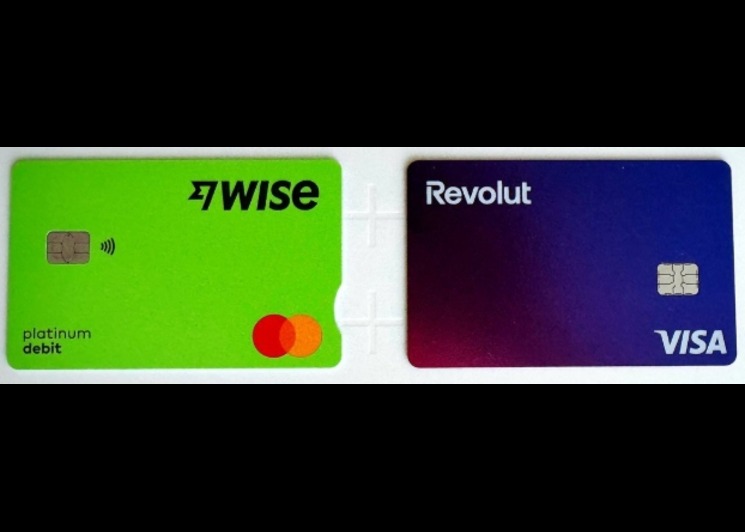Modern Expense Reports in the Age of Virtual Cards: 6 Overlooked Issues (and How to Fix Them)

Expense reports have always been a headache. From lost receipts to clunky spreadsheets, they have rarely been fun for employees or finance teams. But now things are even more complicated. Businesses don’t just deal with travel receipts and office supplies anymore, they handle recurring billing for SaaS tools, cloud storage, and endless recurring payments from ad platforms like Google, TikTok, and Bing Ads.
Media buyers feel the pain the most. Ad campaigns run 24/7, billing in real time. Traditional monthly reports can’t keep up, which means finance teams often find out too late that budgets have spiraled. If your expense report process hasn’t adapted to virtual cards, it’s not just outdated, it’s costing you money.
Let’s explore eight overlooked issues that break modern expense reporting.
Why Traditional Expense Reports Can’t Handle Virtual Cards Alone

Virtual cards generate transactions instantly, while traditional reports run on monthly or quarterly cycles. This mismatch creates friction.
For example, a media buyer runs 20 ad campaigns. Each one bills separately, sometimes daily, based on thresholds. Finance only sees these charges at month-end, often grouped as Facebook Ads or Google Ads. Without campaign-level tags, reporting turns into guesswork.
The same applies to recurring payments for SaaS. Subscriptions auto-renew, invoices arrive late, and approvals get stuck in silos. The result? Missing metadata, delayed reconciliation, and policies that don’t match how money is really being spent.
Challenge 1 – Reconciliation & Card Recline
Agencies managing media spend often create dozens of cards per platform, project, or client. Without proper naming conventions or tags, expense reports become walls of transactions with no clarity. This keeps reconciliation clean and makes ad spend reports far easier to read.
- Fix:
- Standardize card naming by project, campaign, or cost center.
- Require mandatory tags like vendor or client before card issuance.
- Use auto-expiration for temporary campaigns.
- Regularly retire unused cards to avoid sprawl.
Challenge 2 – Receipts & Refunds in Digital Spend
Agencies managing media spend often create dozens of cards per platform, project, or client. Without proper naming conventions or tags, expense reports become walls of transactions with no clarity. This keeps reconciliation clean and makes ad spend reports far easier to read.
- Fix:
- Implement strict receipt capture rules with OCR scanning.
- Maintain a refund playbook to redirect expired card credits.
- Link every card ID back to a user or campaign in the expense report system.
Challenge 4 – Mobile-First Spending, Mobile-First Reporting
Most spending now happens on mobile, especially in ad platforms where managers approve budgets on the go. But many expense report systems are still desktop-bound, causing delays. Mobile-first reporting matches how spending actually happens today.
- Fix:
- Push reminders when a card is used.
- Enable in-app receipt capture with OCR.
- Auto-draft reports so employees just review instead of rebuild.
- Provide offline fallback for travelers or field teams.
Challenge 5 – Audit Readiness & Retention
Finance leaders often assume digital dashboards are enough. But auditors want durable, long-term records that connect every transaction to a user, a vendor, and a receipt. For ad spend especially, where thousands of micro-transactions pile up, this is critical.
- Fix:
- Define retention timelines (often 7 years).
- Maintain immutable logs that can’t be altered.
- Export in standard formats like PDF or CSV.
- Map evidence clearly: receipt ↔ card ↔ GL entry.
Challenge 6 – Training & Change Management
Even the best tools fail without adoption. Employees, managers, and finance staff all need training that fits their roles. When people understand the system, policies become culture, not just rules on paper.
- Fix:
- Create quick-start guides for employees using cards.
- Provide approval checklists for managers.
- Run workshops for finance on reconciliation.
- Define SLAs, like requiring receipts within 48 hours.

Control your expense without worries

Conclusion
Expense reports aren’t going away. But in the age of virtual cards, recurring payments, and digital-first media buying, they need to evolve. Finance teams can’t wait until month-end to find out ad budgets have been overspent.
By implementing fixes like tagging rules, refund playbooks, mobile-first tools, and clear governance, companies can turn expense reports from a burden into a source of clarity and control.
For media buyers, the benefits are immediate: every campaign is tied to a card, recurring billing is transparent, and budgets never go unchecked. For finance, audits and reconciliations stop being nightmares..







